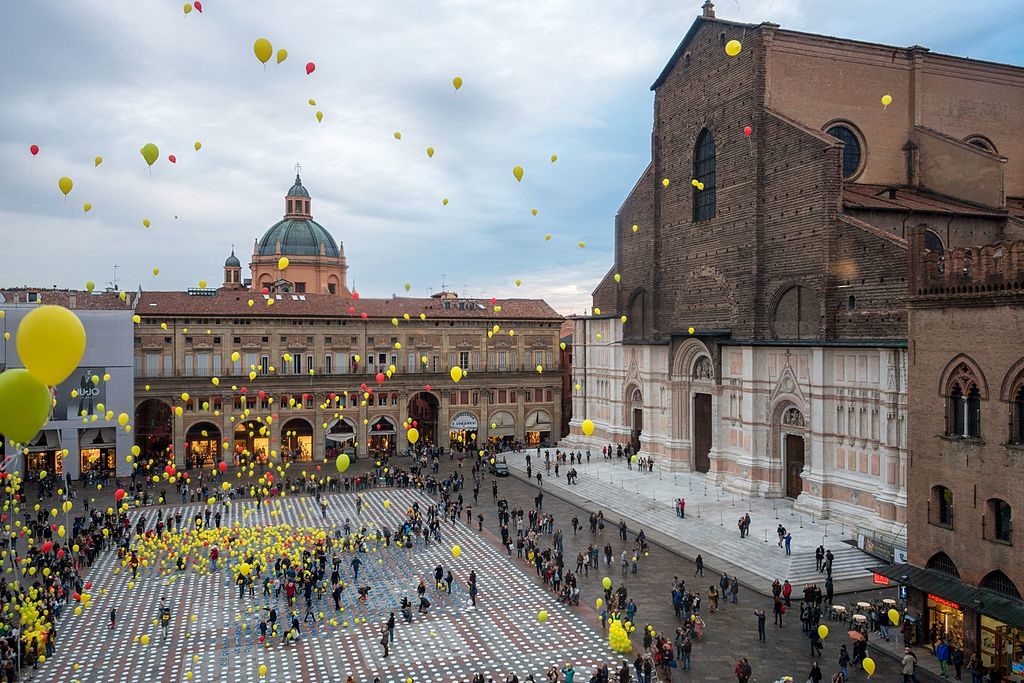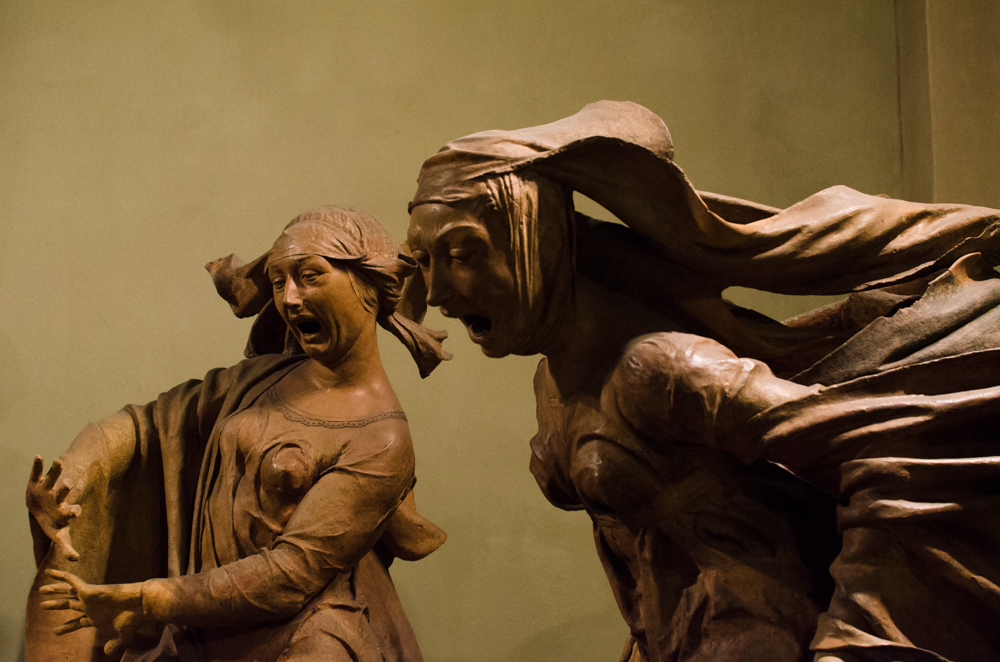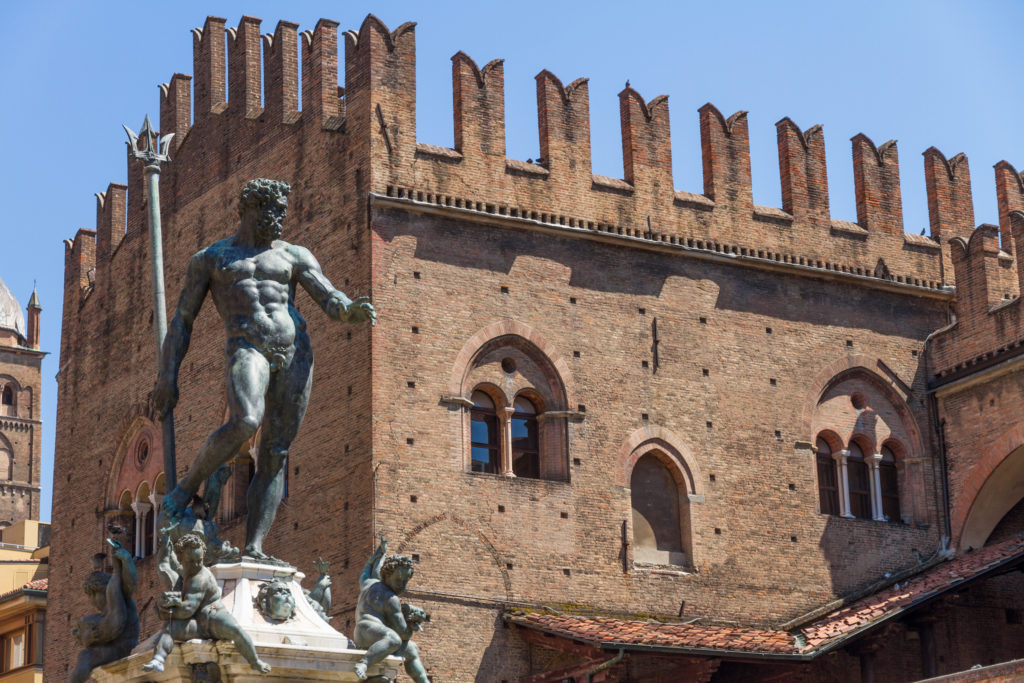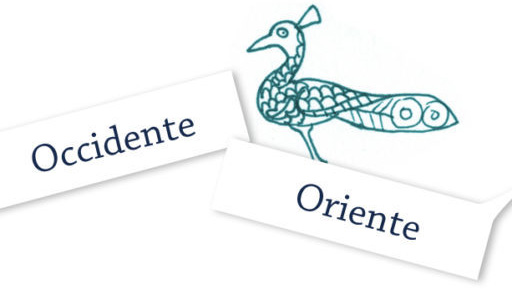“The learned, the fat, the turreted city”
Classic itinerary
Half day
Within its historical centre, Bologna preserves the structure of an old medieval town, visible when you walk along its long typical porticoes or see its ancient towers. Bologna is a friendly city, with a long history to be found hidden in the masterpieces of its churches and decoration of its palaces.
The half day itinerary aims to show the most significant moments of its past which have left incredible evidence within the heart of the city.

Let’s start with the Fountain of Neptune, with the big statue of the Sea God, which people love to call “ The Giant”. Then continue to Palazzo Renzo, where Enzo Federick II’s son spent most of his life as a prisoner and then on to Piazza Maggiore, known simply as” the big square” by the locals. This large Renaissance open space, full of charm is lined with: Palazzo del Podestà, the old seat of the city council, the imposing Palazzo de’ Banchi, Palazzo D’Accursio the prestigious headquarters of the Bologna Town Hall and finally, the Basilica of San Petronio with its uncompleted façade. The church was built with the money of Bologna’s citizens and houses the largest sundial in the world. From here, walking along the beautiful portico del Pavaglione, we will reach the Archiginnasio, seat of the oldest university in the western hemisphere. It is a beautiful palace dating back to the XVI century and houses a unique heraldic collection.
On the first floor it is possible to visit the Anatomical Theatre, where anatomy and medicine lessons were held in the past.
But Bologna also means food, cooking, flavours, markets, voices and colours. All this can be found in the narrow and busy streets of the Quadrilatero, the old city market that dates back to Roman times and still preserves its plebeian atmosphere. Not far from here, in the corner chapel of Santa Maria della Vita church, you will find Mary’s Weeping, an amazing life-size terracotta sculpture, a masterpiece by Niccolò dell’Arca.
At the end of our walking tour: Palazzo della Mercanzia and the Two Towers. And it is from the top of the Asinelli Tower that, on a clear day, you can see a stunning view of the city. You can imagine what the city was like in the past, with its skyscrapers: a real “forest of stone” populating and defending it.

Price:
San Petronio: the admission to the Basilica is free. Kings Magi’s Chapel: full fee € 5,00; reduced fee € 3,00.
Admission ticket to Anatomical Theatre and Stabat Mater Hall (if not occupied by events): full fee € 3,00; free admission: young people up to 18 years old, disabled people and their helpers.
Santa Maria della Vita: full fee € 5,00; reduced fee € 3,00: students, groups of min. 15 people; free admssion: children up to 5 years, disabled with helper.
Full day
If you have more time you can add to the half day tour a visit to the Complex of Santo Stefano (also known as the complex of the seven churches) One of the most sacred places in the city, known in the past as the Holy Jerusalem for its strong connections with the sites of the Passion of Christ. This complex preserves the structure of the old pagan temple over which the Basilica of Saints Vitale and Agricola along with a monastery containing two beautiful cloisters were later built, dating back to the VI century. This site was likely visited by Dante Alighieri when he was in Bologna. Not far from here, you can see the largest convent of the city: the Basilica of San Domenico. The remains of the great preacher, who died in Bologna, are buried inside an extraordinary shrine by great Italian sculptors of the past: Nicola Pisano, Alfonso Lombardi, Nicolò dell’Arca and Michelangelo.

